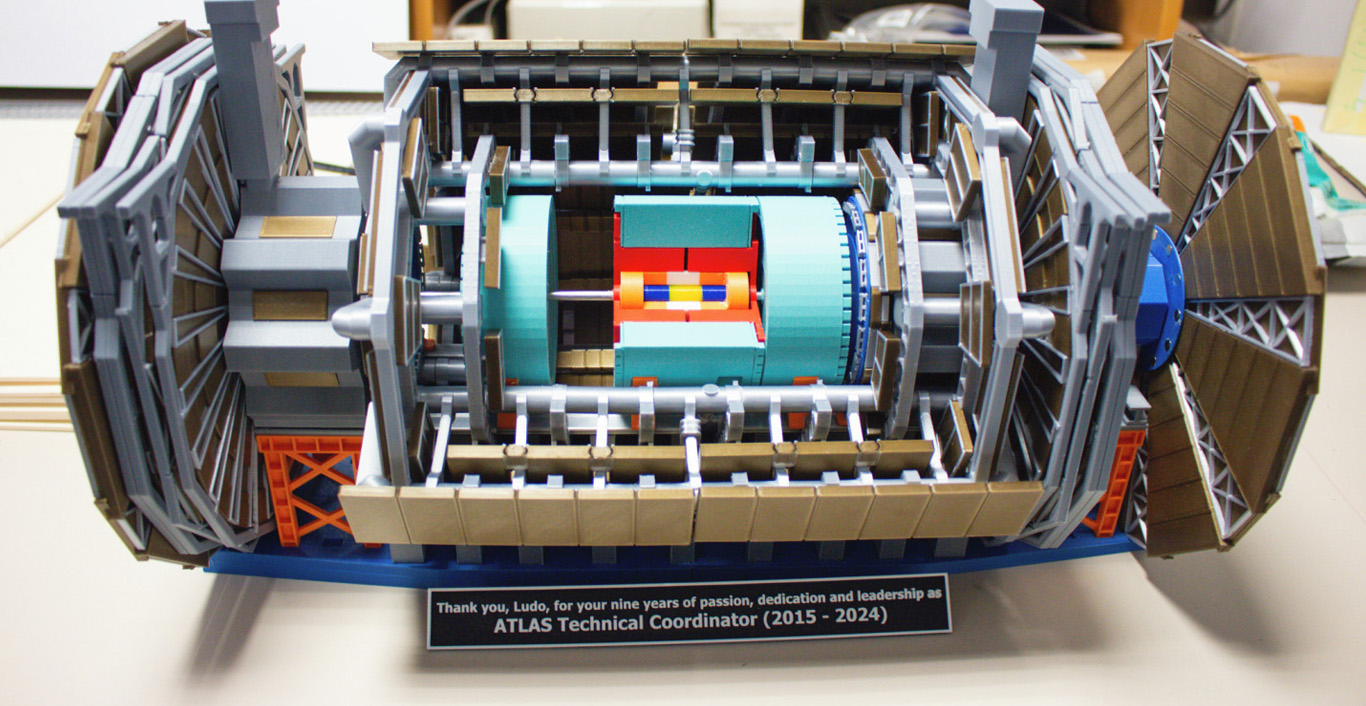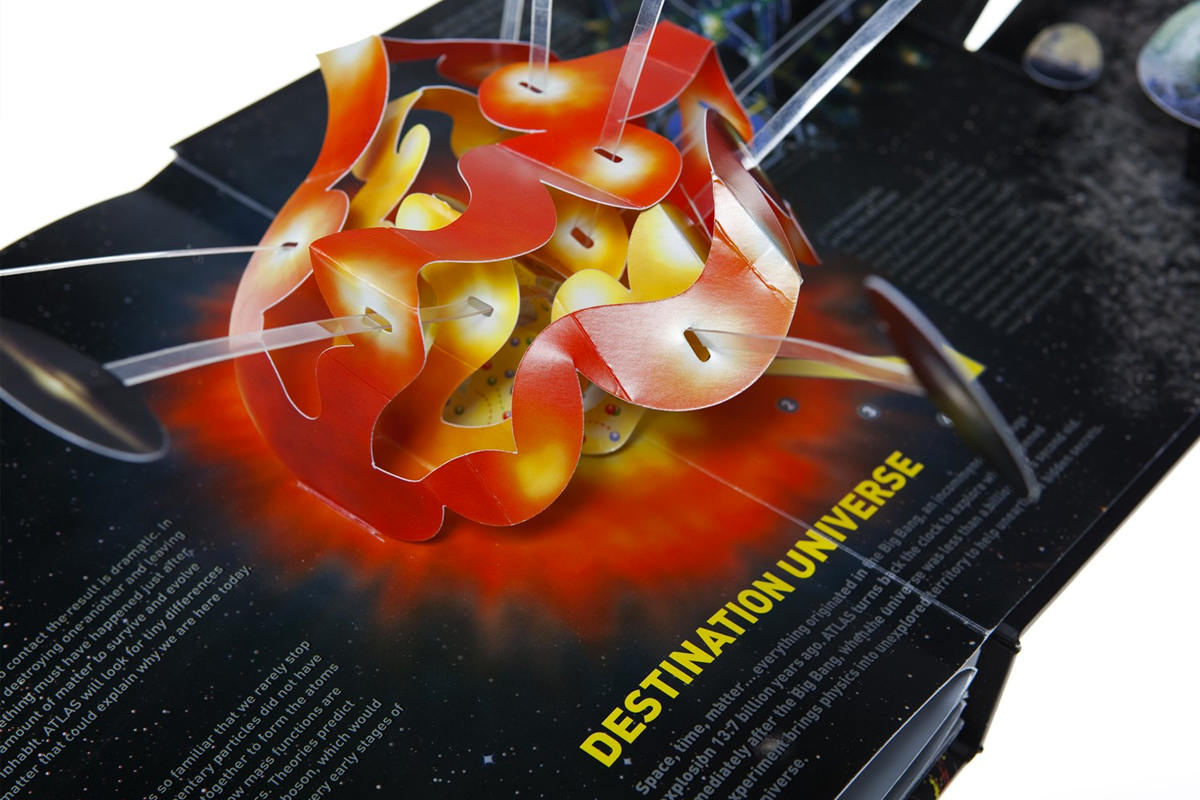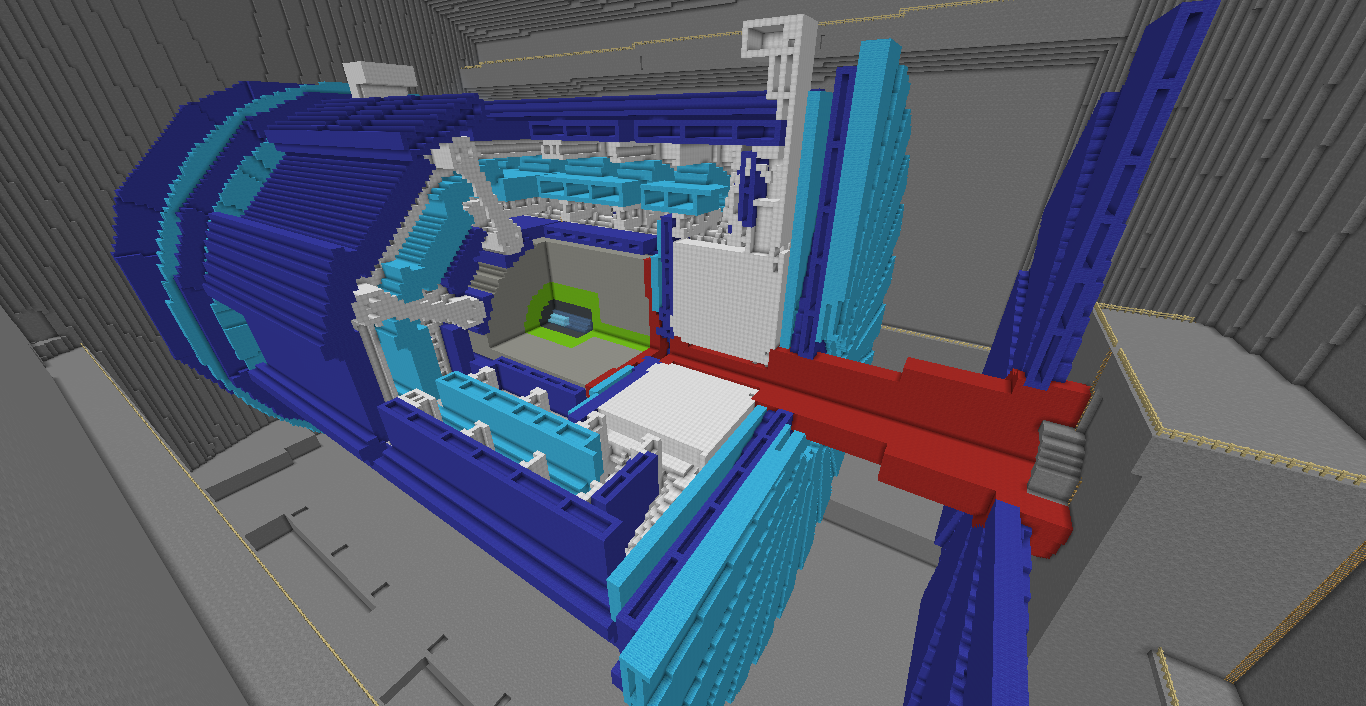ATLAS 3D Printed Model

Recreate the iconic ATLAS experiment using 3D printing! This 1:100 scale, highly detailed model was designed by physicist Jan Brajer to capture the complexity and beauty of the experiment. Designed for easy printing, with the detector divided into smaller parts each representing individual detector systems.




